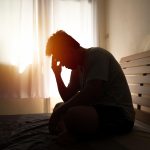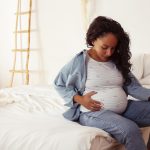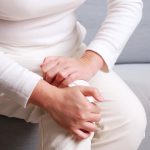
People with long COVID deal with months or years of punishing fatigue, mind-numbing brain fog or a frightening fight to take each and every breath. But they can also face the skepticism of others, a new study finds — employers and doctors questioning whether they’re really sick, friends avoiding them, family losing patience. About 95% of people living with long COVID say they’ve experienced at least one type of stigma, and three out of four say they are stigmatized “often” or “always” by their condition, researchers report. “Our findings suggest that long COVD is currently more stigmatized than many other long-term conditions, such as HIV and depression,” said lead researcher Marija Pantelic, a lecturer in public health at Brighton and Sussex Medical School in the United Kingdom. “Nearly all of the people living with long COVID who took part in this study experienced some form of stigma related to this illness.” Long COVID affects more than 30% of patients who are hospitalized with COVID, according to the U.S. Centers for Disease Control and Prevention. The symptoms of long COVID can be demoralizing but also confoundingly vague, which can promote some skepticism, said Dr. Aaron Glatt, chair of medicine and chief of infectious diseases at Mount Sinai South Nassau. “People might say, ‘Well, I had COVID and I’m not sick. So how come you had COVID… read on > read on >





























-300x200.jpg)







-300x169.jpg)
